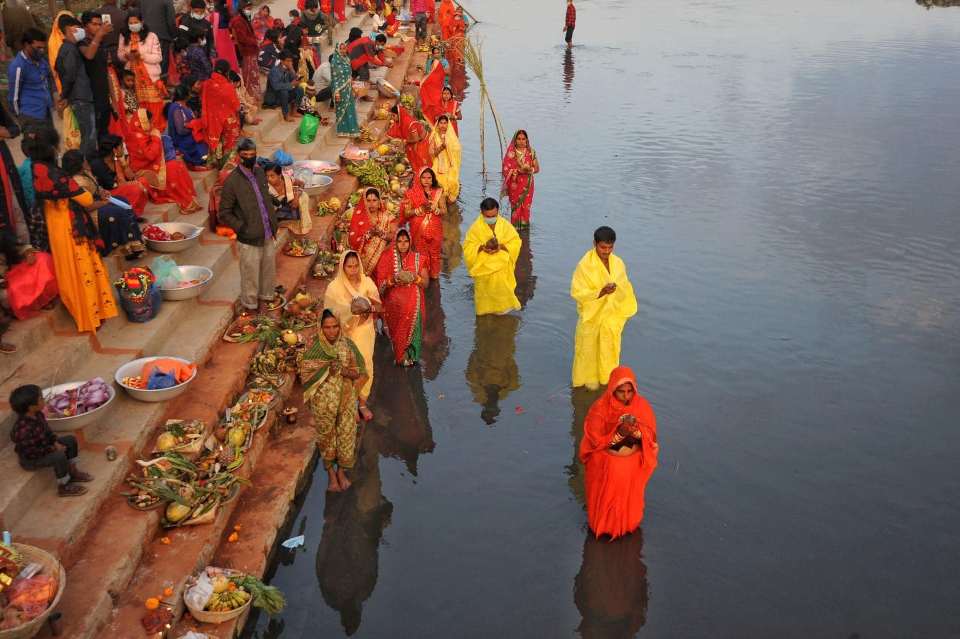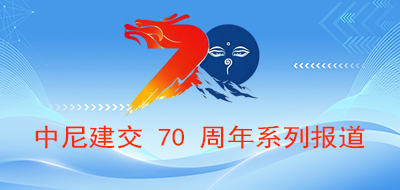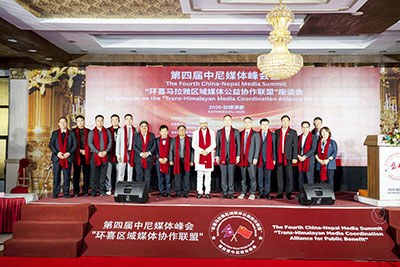
SATV Kathmandu Oct 26: Dedicated to Chhathi Maiya and the Sun God, Chhath is an ancient Hindu Vedic festival observed in Nepal and India. It is one of the unique celebrations where devotees undergo rigorous fasting and offer prayers to both the setting and rising sun.
Mostly observed by women, this festival does not require male priests or the recitation of mantras to perform the puja. It emphasises the cleanliness of riverbanks, ponds, and water bodies, while promoting equality and fraternity among devotees. The festival symbolises cleanliness, equality, and community spirit.
Divine Mentions
The festival holds an important place in both the Ramayana and the Mahabharata. The holy text Ramayana describes how Goddess Sita observed the Surya Shashthi puja on the day Ram Rajya was established. In the Mahabharata, it is mentioned that Kunti, mother of the Pandavas, celebrated Chhath Puja after escaping from Lakshagriha, which was set ablaze by the Kauravas.
Chhath Puja involves the dual worship of Usha and Pratyusha, both wives of Surya, the Sun God. Usha symbolises the first ray of the morning sun and plays a key role in the concluding rituals, while Pratyusha, representing the last sunray of the day, is worshipped during the evening. This dual worship symbolises the transformative power of the solar cycle and the cyclical nature of life, argue Akanksha Yadav and Vinita Chandra in their article “Chhathi Mai in Popular Imagination: Exploring Narratives, Worship and Rituals in North India” published in Rupkatha Journal on Interdisciplinary Studies in Humanities (2024).
Evening and Morning Prayers
Devotees standing in the water make offerings to the Sun God during both the evening and morning prayers held on the third and fourth days of the celebration. Generally, it is believed that Chhath Puja starts with Nahay Khay, but this is only partially true.
The puja actually begins with Machh-maruwa Barnai, a day before Nahay Khay, when devotees and their family members pledge to abstain from non-vegetarian food, garlic, and onion. On this day, devotees eat only after bathing and offering prayers to the Sun God, consuming food prepared in their own kitchen. It is considered unholy to eat food bought from hotels or markets.
Kharna is observed on the second day, during which devotees fast until sunset. Kheer made of rice, milk, and jaggery, along with puri, is offered to the deity and later distributed among family members. Throughout the festival, offerings are cooked on traditional earthen stoves (chulha) using mango wood as fuel. The third day is known as Sandhya Arghya (evening prayer), and the final day is Usha Arghya (morning prayer).
Offerings
Offerings typically include coconuts, turmeric roots, and underground vegetables such as radishes and sweet potatoes, placed in a sup (winnow) made of bamboo sticks or clay pots. Bamboo symbolises bansh (clan), and it is believed that Chhathi Maiya blesses devotees with children and family longevity.
Devotees offer prayers to the Sun God with various homemade foods such as thekuwa, bhuswa, khaja, and mithae, along with fruits like pomelo, sugarcane, and banana. Traditionally, 70 varieties of food and fruits are offered, but if one cannot prepare all, gamhari rice—cultivated in the Terai and northern India—is used as a substitute.
A clay elephant, also among the offerings, symbolises prosperity and good fortune.
Rituals at the Ghat
Several rituals are performed at the ghat (riverbank). For instance, women apply vermilion on each other’s foreheads as they pray to the Sun God, believing that long yellow vermilion from head to nose pleases Chhathi Maiya, ensuring the husband’s longevity and the family’s prosperity.
In the morning, the brati (devotee) who observes the rigorous fast blesses younger women for longevity, prosperity, and a happy married life. This ritual, known as Khoichh, involves distributing sarva—a clay pot containing thekuwa, bhuswa, and other prasad—to married women. This act symbolises blessings passed from elders to younger generations.
Later, devotees listen to the story of Chhathi Mata recited by one of them and receive ankuri (sprouts), considered the most sacred prasad. Devotees consume the sprouts at the ghat before eating other prasad, which is later shared among family and friends after the morning prayers.
Devotion and Celebration
Chhath ensures family gatherings and community bonding as people from all walks of life come together at riverbanks and ponds to celebrate. The festival is not gender-specific—men too can fast and perform rituals without priests or Sanskrit mantras. Devotees take a holy dip and fast for more than 36 hours without water, offering prayers to both the setting and rising sun.
The celebration promotes equality, fraternity, and socialism. Devotees, regardless of caste, gender, or economic background, stand together in the water to pray to the Sun God. This demonstrates that discrimination is man-made, not rooted in culture or festivals.
Chhath has become a symbol of social integration, environmental awareness, truth, non-violence, agriculture, equality, and devotion.
The festival also holds immense potential for tourism. Both the governments of Nepal and India could develop festival tourism initiatives to promote cultural events like Chhath, highlighting their ecological and social values and attracting visitors to Chhath Ghats.
Celebration Beyond Madhesh
The festival has evolved as a platform for unity and social cohesion. In recent years, many people from Nepal’s Hill regions have begun observing it, making it an opportunity to foster harmony among diverse communities.
Chhath devotees living abroad in the United States, Australia, the United Kingdom, Qatar, and other countries also celebrate the festival with equal devotion.
Way Forward
As the festival highlights cleanliness, equality, fraternity, and environmental consciousness, it is time to embrace its message year-round by conserving biodiversity and eliminating discrimination. This is the core message of Chhath—to unite people through faith, respect, and harmony.
Mr Jha is the author of “Beneath the Sun: Equality for Everyone — The Spirit of Chhath Festival










